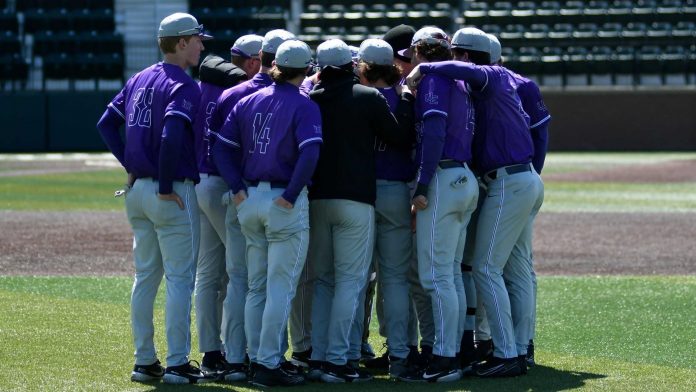Attorney General Todd Rokita invites Hoosiers to race over to IndianaUnclaimed.gov to search and claim their funds and/or property. You might recover enough to buy a lot of milk in Victory Lane.
“With Indiana as the only state in which the attorney general oversees unclaimed property, I’m waving the green flag to all Hoosiers to search today and recover what is rightfully theirs,†Attorney General Rokita said. “This race day is the perfect time to search unclaimed property and see if you’re a winner.â€
Recovering your unclaimed property is safe, secure, and simple. Search for your name at the IndianaUnclaimed.gov database — which, by the way, includes some Hoosiers who share a name with some pretty famous racers such as Mario, Foyt, Andretti, and who still have funds waiting to be claimed.
In 2021, Attorney General Rokita’s office returned over $48 million in unclaimed property to its rightful owners.
To keep track of all your assets, Attorney General Rokita recommends Hoosiers get in the driver’s seat and:
- Keep a record of all bank accounts.
- Indicate your interest in and awareness of all accounts by contacting the holder at least once every three years.
- Record all stock certificates and be sure to cash all dividends received.
- Record all utility deposits, including telephone, cable, and electricity deposits.
- Cash all checks promptly no matter how small.
- Update your address with all businesses when you move.
- Talk to loved ones about any safe deposit boxes you own.
Once unclaimed property is in its custody, the Unclaimed Property Division at Attorney General Rokita’s office conducts outreach efforts to locate the rightful owners or heirs.Â
Individuals and/or businesses have 25 years to claim money once it is reported to the Unclaimed Property Division.Â
Just this year, $19,505,033 million has been returned to Hoosiers. $746,413,505.22 million is waiting to be claimed — and you could be next to cross the finish line.
Make a pit stop and see what you are missing at IndianaUnclaimed.gov or text CLAIM to 46220 to search your name, family or business.
















